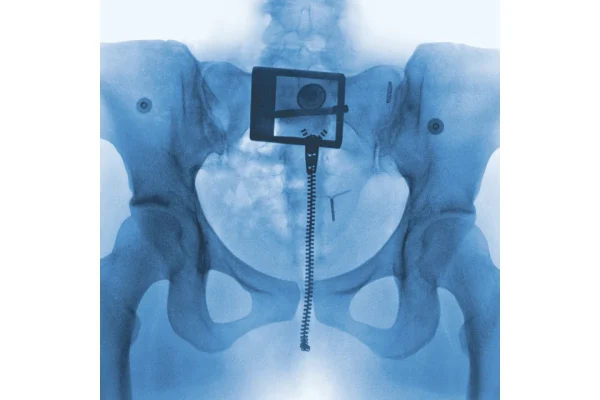Stitching together health care reform that works
The poll taken for the special section in this issue found that 84 percent of Oakland University students have health care coverage and 74 percent of them have parents who pay for it.
It’s a pleasant surprise that students are taken care of, health wise, at least for the time being. But with the serious debate going on in Washington about how to reform our broken health care system, no one should be complacent.
For starters, in the richest country on earth, close to 47 million people are uninsured. At a news conference in July, President Obama pointed out that 14,000 Americans lose their health insurance every single day. Without a change in policy, the Congressional Budget Office expects the number of uninsured to rise to 54 million by 2019.
Horrifyingly, a Harvard study released in September revealed that roughly 45,000 people die each year in the United States because they do not have health insurance.
Even if you have health care insurance, it is no guarantee. Medical bills are responsible for 60 percent of U.S. bankruptcies, and three quarters of the people who are bankrupt have health insurance.
According to the World Health Organization, the US ranks 37th in the world in health care outcomes, in spite of the fact that we spend about twice as much on heath care insurance as any other country — around $15,000 per year for a family of four.
President Obama said in September that changing the health care system is the defining issue for the current generation. He would like to have a health care bill on his desk by the beginning of the New Year. The Senate began debate on their version of health care bill Monday.
Among other things, the bill as it now stands will extend insurance coverage to 31 million people. It contains a public option, a government-run plan to compete with private insurance to keep costs down, it would require most people to buy coverage and would prohibit insurers from denying coverage because of preexisting conditions.
Polling shows a majority of Americans support reform and particularly, a public option. According to a recent Survey USA poll, adults ages 18-29 are most supportive of an overhaul. An article in the Chicago Tribune states experts feel that young adults are the ones who have the most at stake in the debate.
The Commonwealth Fund, a health policy research foundation, reported that young people account for about 30 percent of the uninsured population and are the least likely to be offered health insurance through employers.
A main concern is being able to afford mandatory coverage. But the legislation winding its way through Congress offers subsidies to help purchase health care for those who can’t afford it. It would also allow young adults to stay on their parent’s plans until age 26.
The health care industry is pouring tons of money into efforts to defeat health care reform. According to the Washington Post, $1.4 million per day. Democrats will need all 60 votes to pass health care in the Senate, but three democratic senators and one independent have received large sums from the health care industry over their careers, and appear to be hold outs.
Interviewed on CNN, Senator Bernie Sanders (I-VT) pointed out that we are the only country in the industrialized world that does not provide health care to all of its people. He said it’s because the health industry, drug companies, the hospitals, all the organizations that are making billions right now, don’t want us to touch their profits. They are trying to influence the legislation.
The debate is going on now. We can influence the legislation too. But only if we let our voices be heard. Our representatives in Washington like to hear from their constituents on the issues.
Senator Carl Levin: 313-226-6020; Senator Debbie Stabenow: 313-961-4330; Congressman Gary Peters: 248-273-4227.







